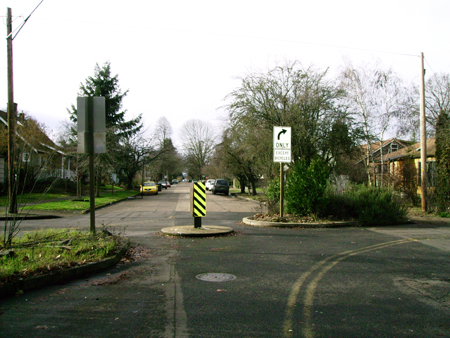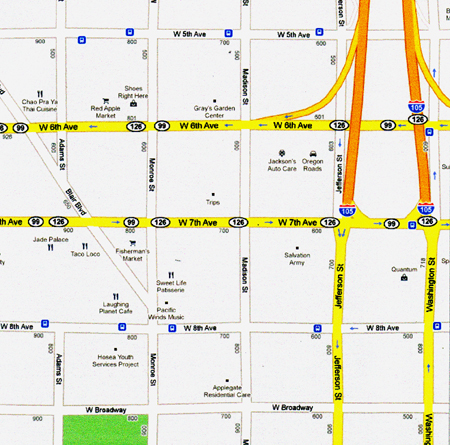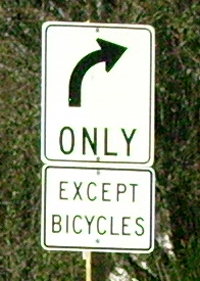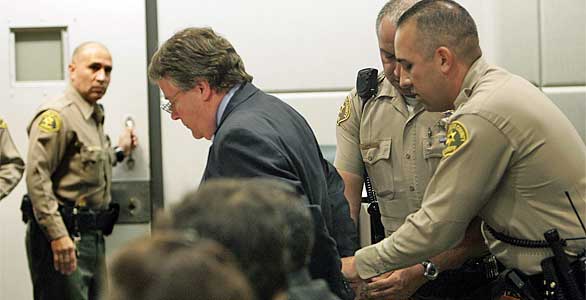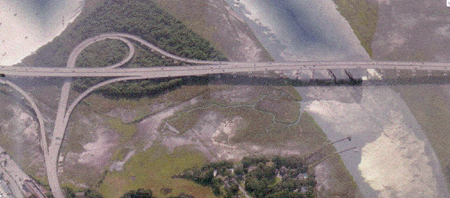Los Angeles: A step in the right direction
 Mon, January 25, 2010
Mon, January 25, 2010  Los Angeles has a new police chief named Charlie Beck. (Left.)
Los Angeles has a new police chief named Charlie Beck. (Left.)
Just into his third month as chief, he has already met with community leaders promising to make "good policing and civil rights" the foundation of his LAPD legacy.
It was at one of these meetings Chief Beck was presented with a Cyclists' Bill of Rights and a challenge to put his leadership team to work towards making Los Angeles a better place for cyclists to ride.
As a result a LAPD Cycling Task Force has been formed headed by Commander David Doan. They recently met for a marathon session with representatives from various LA area cycling advocate groups.
These included, the Bike Writers Collective, illuminate LA, Sustainable Streets, Bikeside, the Voice, (a Bike Working Group) and the Los Angeles Bicycle Advisory Committee.
 Commander Doan (Right.) convened the meeting saying, "The LAPD is committed to making our roadways safer for all commuters with an emphasis on our most vulnerable commuters, cyclists. We are committed to working with the cycling community to improve police cyclist interactions and to find ways to make our streets safer for everyone."
Commander Doan (Right.) convened the meeting saying, "The LAPD is committed to making our roadways safer for all commuters with an emphasis on our most vulnerable commuters, cyclists. We are committed to working with the cycling community to improve police cyclist interactions and to find ways to make our streets safer for everyone."
One of the first orders of business will be the education of LAPD officers who patrol the streets and the LA public as a whole on the rights of cyclists on streets of Los Angeles. Better investigation of accidents involving cyclists, and also “crimes” against cyclists was called for.
When a motorist "asserts" himself against a cyclist, it is not a simple traffic violation or traffic collision, it is a crime. Crimes against cyclists need to be treated as real crimes, not as simple infractions that are simply part of everyday traffic in Los Angeles.
A hit-and-run motorist that leaves a cyclist behind needs to be pursued and prosecuted to the full extent of the law.
The recent Mandeville Canyon road rage incident that resulted in several felony convictions for Dr. Christopher Thompson wasn't the first reported incident for the doctor, it was the third, and it wasn't investigated as a crime until it got political. That must change.
On the civil rights issue - Cyclists riding alone and late at night sometimes find themselves in handcuffs while the LAPD check their information.
LAPD officers report that this is simply for the safety of the officers but critics call it "bias based policing" or "profiling" and that riding a bike should not be a cue for handcuffs.
Many of these cyclists ride for economic reasons; they are workers in low paying jobs simply riding to or from work. They may not have lights and may ride on the sidewalks late at night.
The opportunity here would be to have the LAPD pass out blinkie lights and a copy of the Cyclists' Rules of the Road rather than to assume that late-night cyclists are involved in crime.
This is a huge step in the right direction; when a major city like Los Angeles starts to take cycling seriously, then other municipalities are more likely to follow suit. You can read a complete and more detailed report here

















